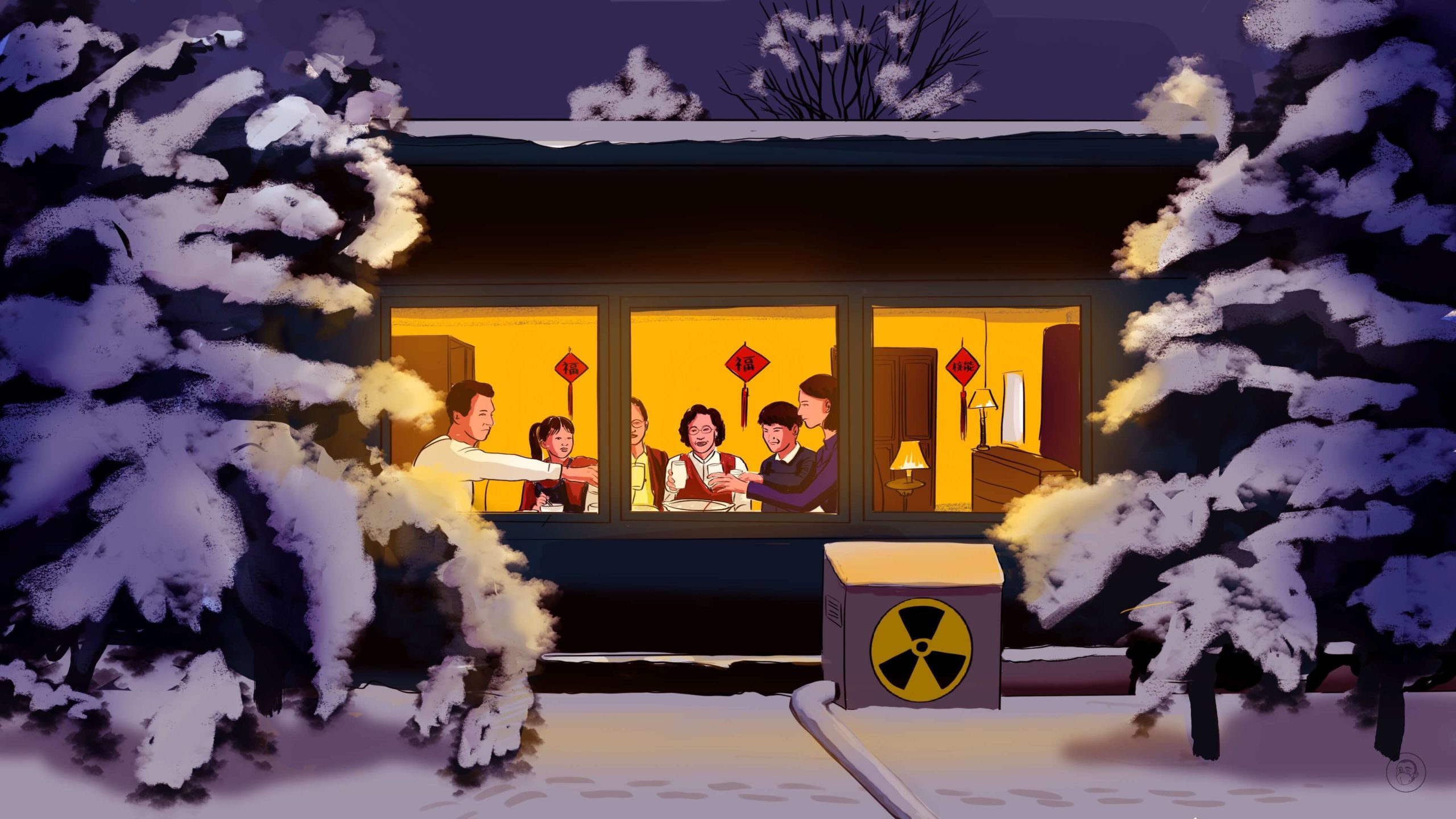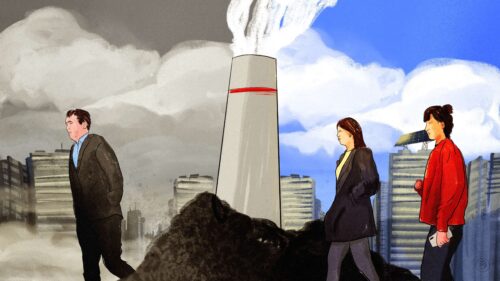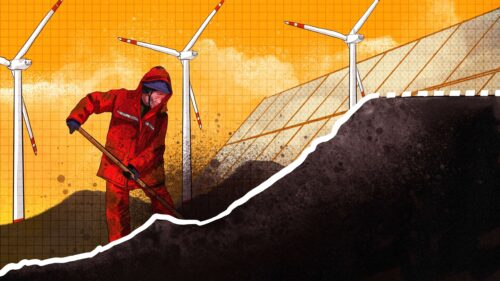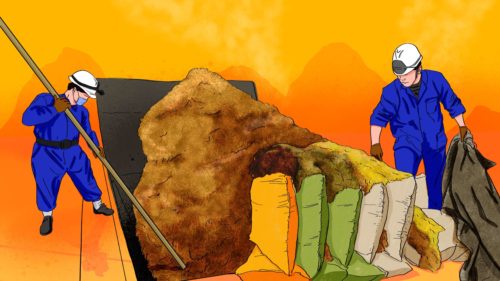Build first, destroy later: China is slowly replacing dirty coal with clean nuclear heating
China has entered the nuclear heating age with three new cogeneration nuclear heating plants as part of the government’s attempts to get rid of burning dirty coal to heat the north of the country during the winter.

Cogeneration
This week, China’s largest nuclear heating project expanded its operations in the city of Haiyang, Shandong Province: This winter, it will warm the homes of 200,000 residents. This single project now accounts for 92.8% of China’s total nuclear energy heating capacity.
Under the auspices of the State Power Investment Corporation (SPIC) 国家电力投资集团, the Haiyang Nuclear Power Plant began research into cogeneration, i.e., the simultaneous production of both heat and power, in 2018. In essence, nuclear plants with cogeneration capacity produce heat by extracting some of the steam from the turbine as a heat source, which is then distributed to end users via the municipal heating network.
In 2019, the Haiyang plant expanded its nuclear heating capacity to 31.5 megawatts (MW) (Phase I), and then to 202.5 MW in 2021 — when Haiyang was given the title of “China’s first zero carbon heating city” — and this week to 365 MW, completing Phase II. The next phase of the project is set to be completed by the end of 2023, when capacity will be ramped up to 900 MW, which will allow the plant to provide heating for up to a million people.
So far, the Haiyang nuclear heating project has reduced coal consumption by 230,000 tons and carbon dioxide emissions by 420,000 tons. By 2023, the plant will be able to claim that it has eliminated the consumption of 900,000 tons of coal, and 1.65 million tons of carbon dioxide emissions. But Shandong Province does not plan on stopping there: According to the Shandong Province Energy Bureau, by 2025 or soon thereafter, a 10,000 MW nuclear power base will be constructed in the province that will provide nuclear heating to several million households.
China now has three nuclear cogeneration heating plants: Aside from the Haiyang plant, a nuclear heating demonstration center opened in December 2021 in Zhejiang Province at the Qinshan Nuclear Power Plant, and another facility opened in November 2022 at the Hongyanhe Nuclear Power Plant in Liaoning Province. The Hongyanhe plant can provide heating for 20,000 local residents, and will reduce the annual consumption of coal by 5,726 tons, and carbon dioxide emissions by 14,100 tons. The Qinshan facility can provide heating to about 4,000 local households (for comparison with the above numbers, that is about 12,000 people).
China news, weekly.
Sign up for The China Project’s weekly newsletter, our free roundup of the most important China stories.
Build first, destroy later
Producing heat via cogeneration at nuclear power plants is not actually new technology. Sweden opened the world’s first prototype of a nuclear power plant providing heating for civilian use in the 1960s. Of the more or less 400 nuclear reactors currently in use around the world, around 10% have cogeneration capacity to provide heat for civilian use.
Historically, winter season heating in northern China has always been by coal-fired and gas-fired boilers. The proportion of coal-fired heating is currently around 80%. In 2016, the National Development and Reform Commission (NDRC) and the National Energy Administration jointly released the Action Plan for Energy Technology Revolution, which specified that by 2050, nuclear energy would provide large-scale heating for urban areas.
By establishing a series of nuclear heating plants, SPIC has declared its full commitment to the principle of “build first, destroy later” (先立后破 xiānlì hòupò), a phrase which appears in most Chinese news reports about the plants. In the context of China’s Double Carbon objectives (to reach peak carbon use by 2030 and become carbon neutral by 2060), Xí Jìnpíng 习近平 delivered a speech in Inner Mongolia in March 2022 in which he discussed China’s low energy transformation at length. Xi used the phrase “build first, destroy later” several times, to mean that it is necessary for China to first establish clean and low carbon energy capacity, before entirely destroying old and outmoded forms of energy.
In other words, it is necessary first to implement new energy solutions that can fully replace older and dirtier energy sources, so as not to create electricity shortages or leave people in northern China without proper heating in the winter.
Nuclear future
The phrase “build first, destroy later” has also been enshrined in the Communist Party’s 20th Congress Report, so it’s clearly now an established doctrine. And nuclear energy is experiencing a revival in China this year:
- In September, the construction of two new nuclear power units were approved in Fujian Province and Guangdong Province.
- This followed the approval in April 2022 of six new nuclear power units, which brings the total number of new units approved in 2022 to 10, the highest annual number of approvals since 2008. (The estimated cost of a single nuclear power unit is about 20 billion yuan, or $2.82 billion).
According to the China Nuclear Energy Association 中国核能行业协会, as of September 2022, China has 53 commercial nuclear power units in operation with a total capacity of 55,600 MW, and 23 nuclear power units under construction with a total capacity of 24,190 MW. Nuclear energy currently accounts for about 5% of China’s total power generation capacity, a substantial increase from about 2% a decade ago, and this ratio is expected to increase to 10% in 2030 and 20% in 2060.






